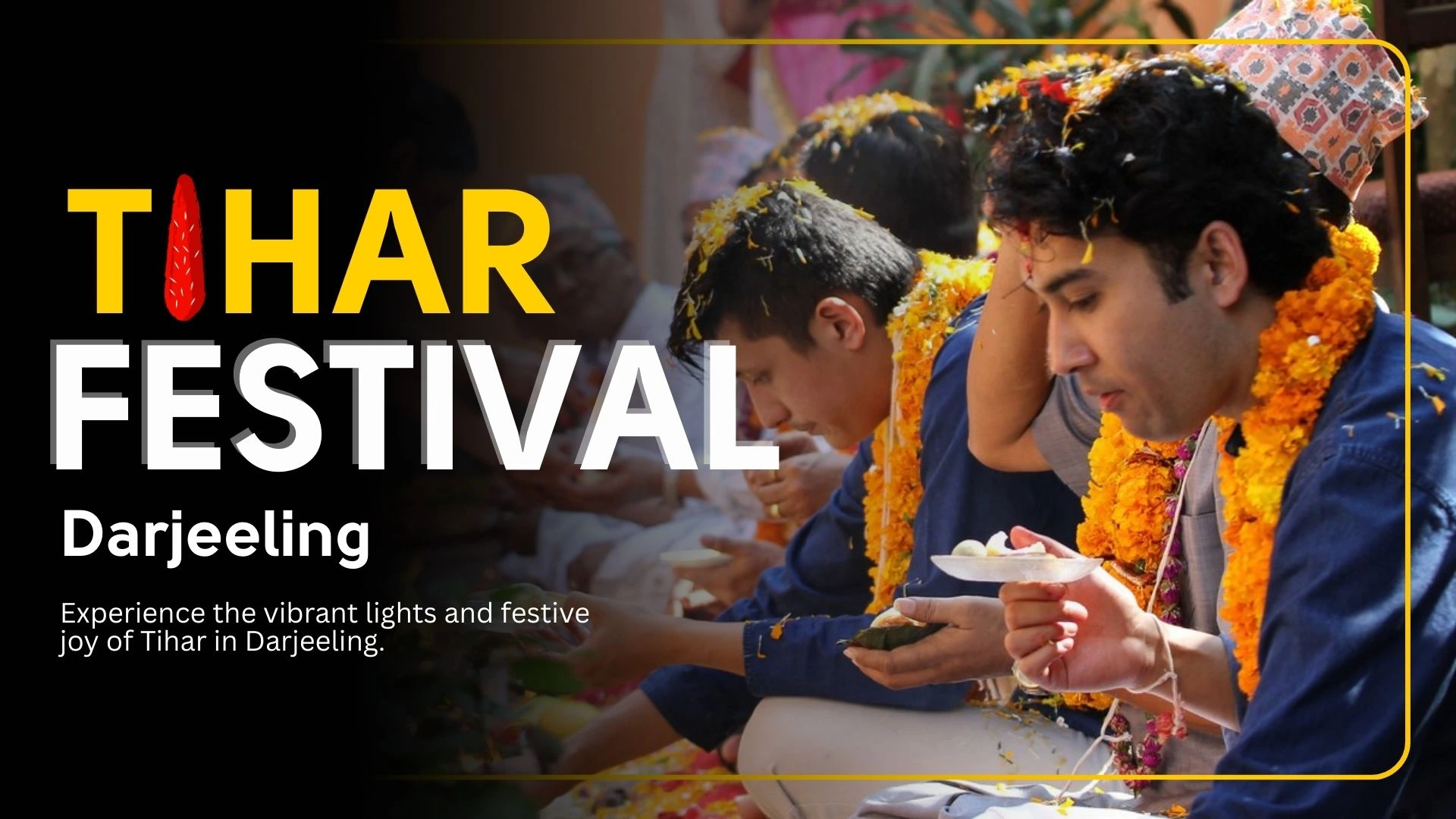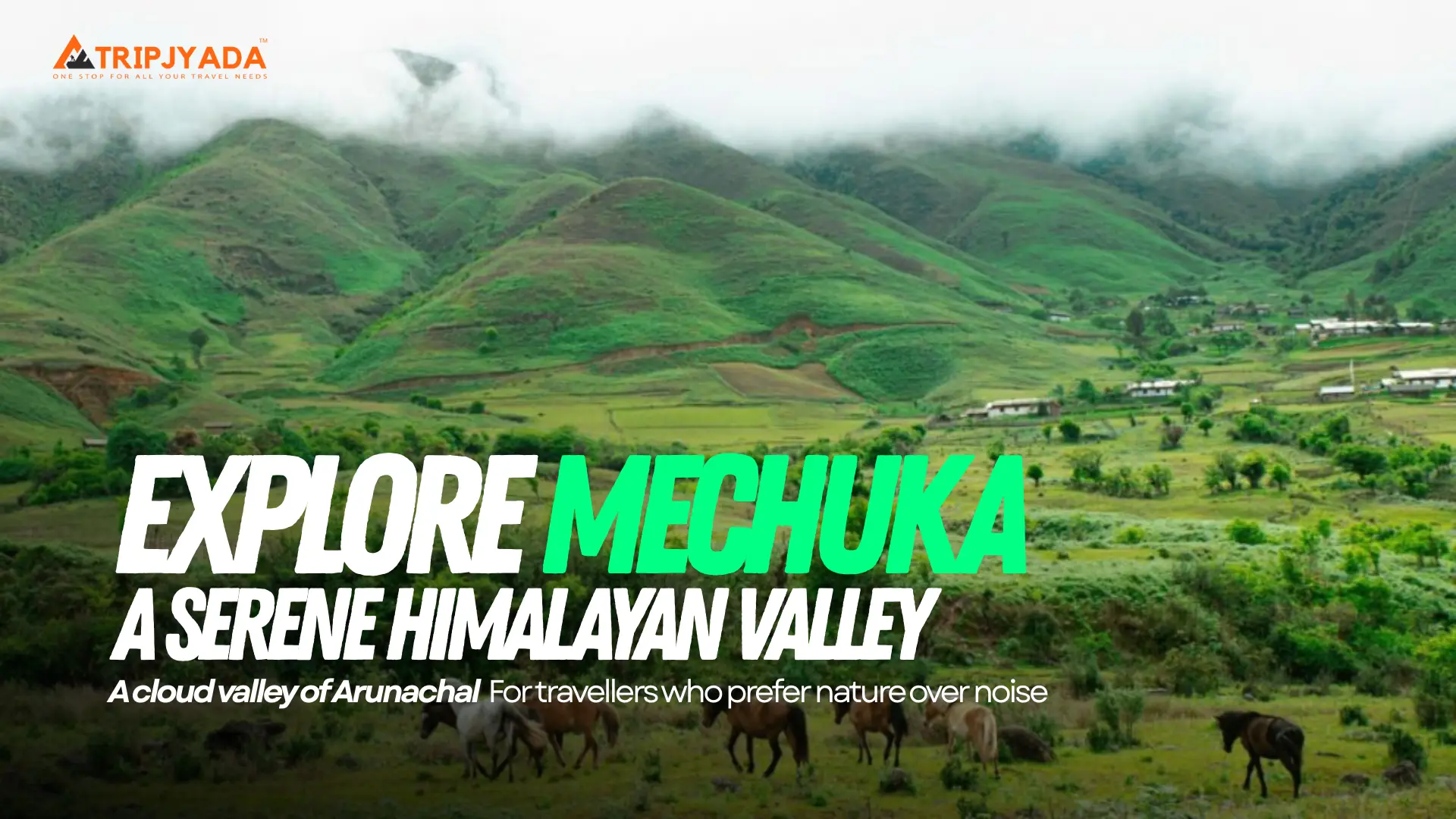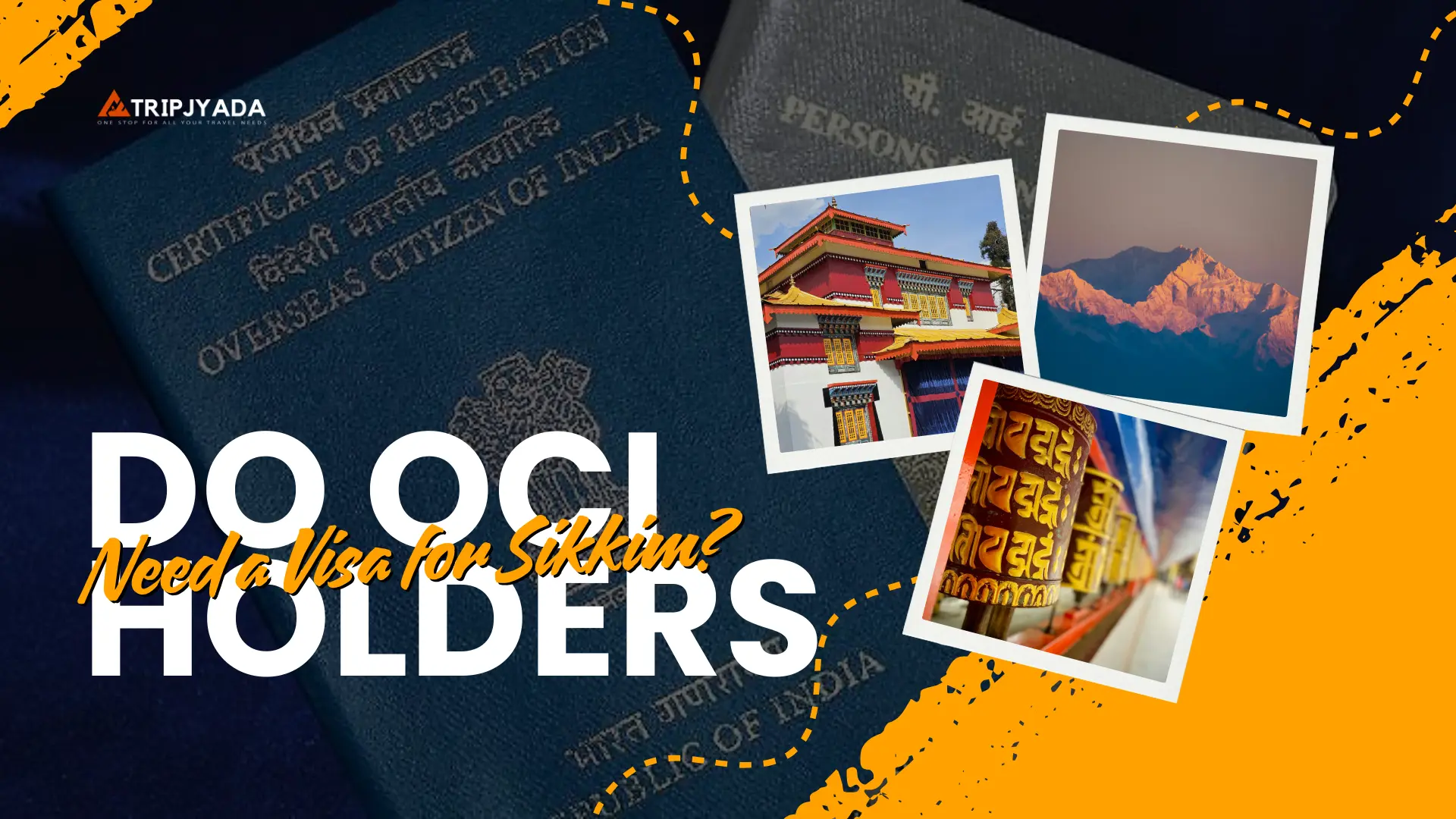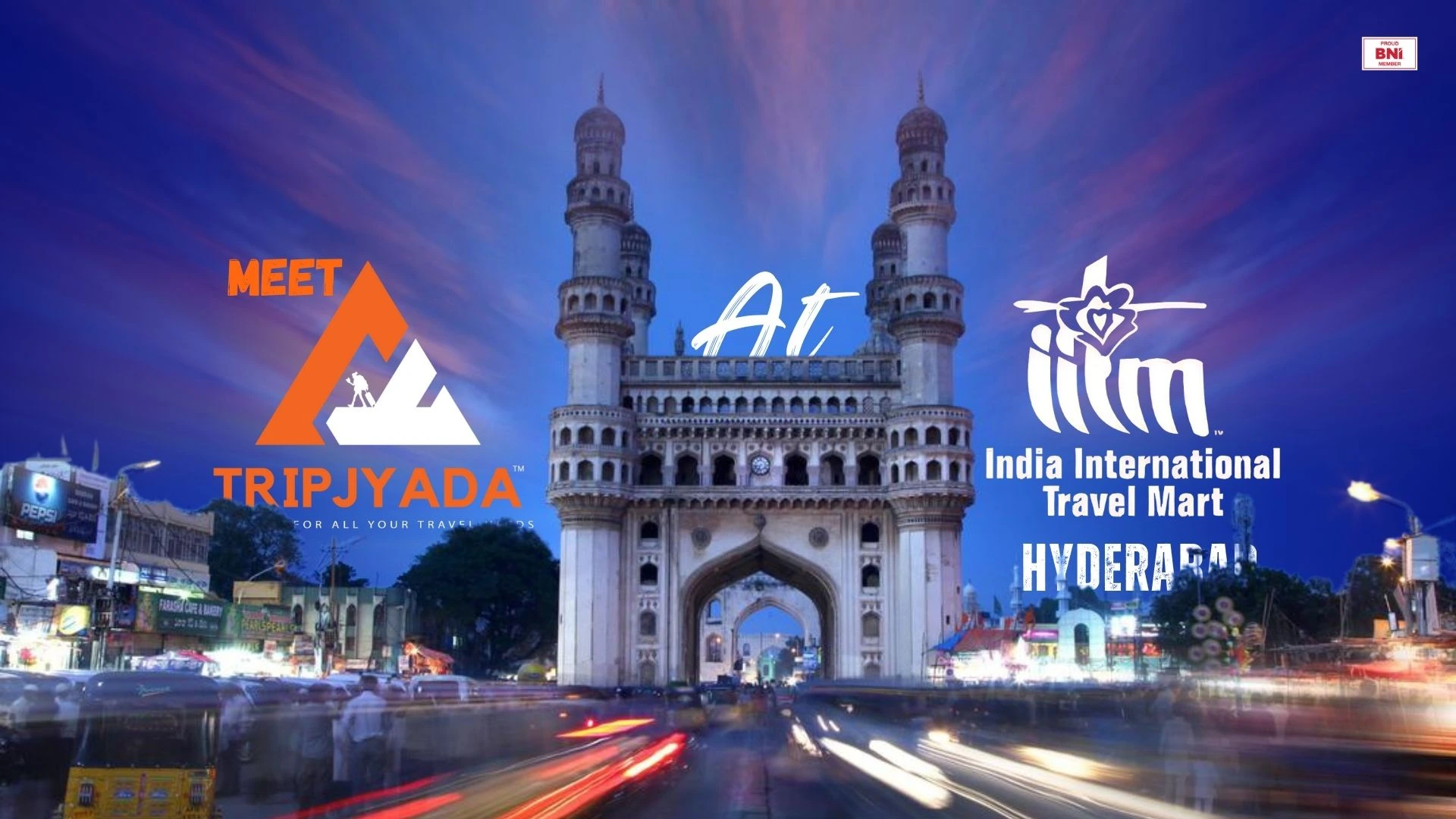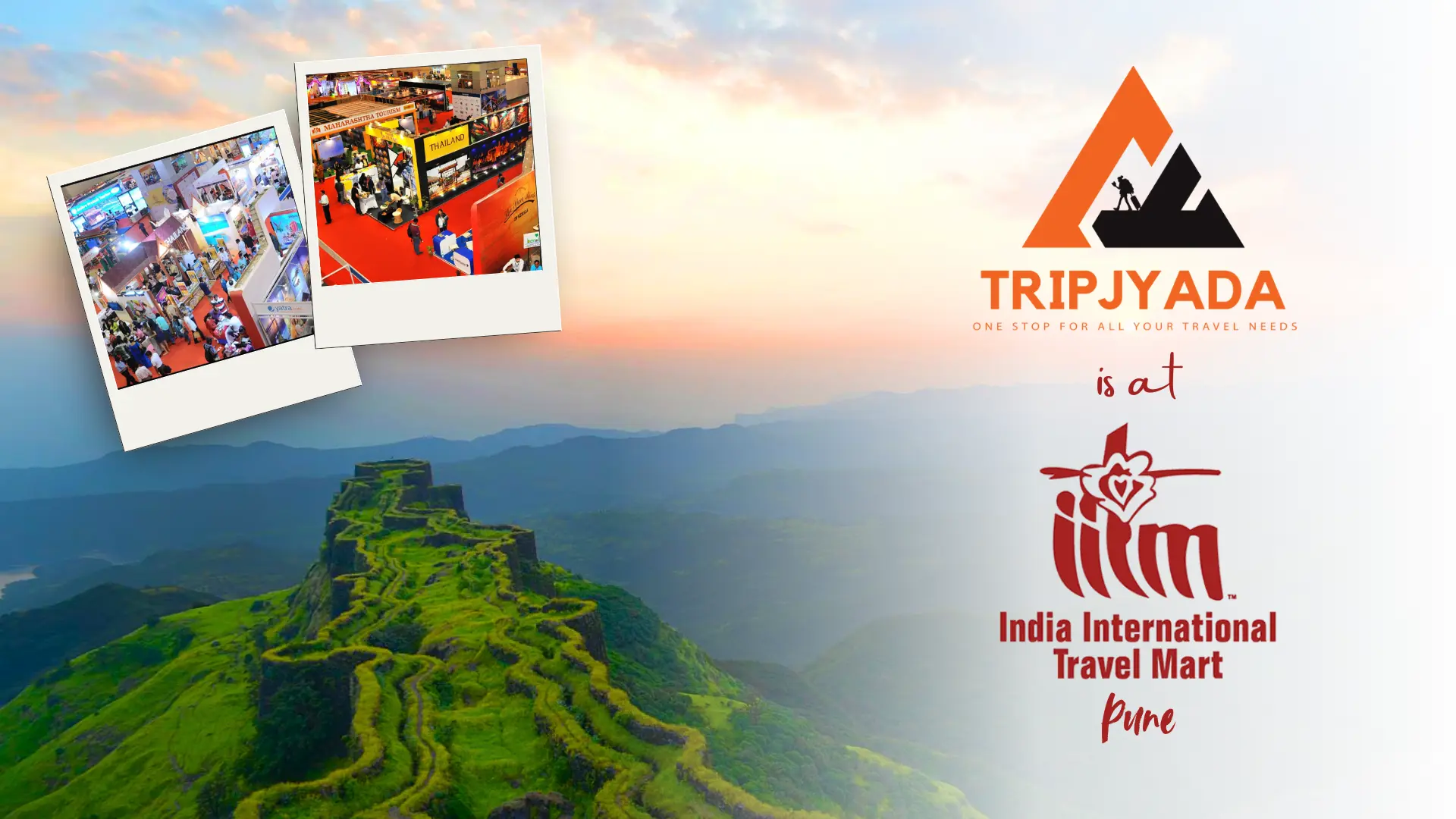India is a land where festivals are not just occasions, but soulful celebrations, painting streets with colours, filling the skies with lights, and filling hearts with joy. From Diwali’s sparkle to Holi’s hues, every festival tells a timeless story of unity, love, and tradition. Drums beat, lamps glow, and laughter fills every corner. Hill festivals up in the Himalayas add their own enchantment, with charming villages shrouded in mist, marigold-lit homes, and the sound of camaraderie resonating throughout the valleys. The Tihar Festival in Darjeeling, also known as the hillside Diwali, is one of the most notable of these. One of the most captivating festivals in India, the Tihar Festival in Darjeeling illuminates the Queen of Hills for five radiant days with marigolds, diyas, music, and customs that respect the environment, animals, and family.
What Makes the Tihar Festival in Darjeeling So Special?
Nestled in the northern reaches of West Bengal, the Darjeeling district is home to a vibrant Gorkha and Nepali community, whose roots trace back to Nepal. Here, Tihar, also called Deepawali or the “Festival of Lights,” assumes a warm, communal character that is as revitalising as the area’s well-known tea. This festival, which is celebrated over five magical days, reminds us of the profound interconnectedness of all life by honouring not only gods and goddesses but also the animals that coexist with us.
Imagine waking up with the aroma of sel roti frying in the kitchen, while children are screaming with joy and playing with colourful rangoli. In Darjeeling, the Tihar festival is not only celebrated in temples, but it also spills into the tea estates. Where workers pause their plucking to light lamps and share sweets. This festival is all about gratitude, where respect is given to everyone, from humans to animals, with love and care.
A Dreamy Journey of Tihar
Kaag Tihar – Honouring the Messengers of the Skies
Kaag Tihar is the first day of Tihar in Darjeeling, which is dedicated to the worship of crows. It’s a day when crows are honoured as messengers of Yam, the god of death. People offer them food and pray for good luck and protection from misfortune. The festival is also known as Yama Panchak. In Darjeeling’s misty mornings, the caws echo through the valleys, evoking a quiet reverence. Families start the day with prayers, setting a tone of humility and connection to nature that warms the heart.

Date: October 19, 2025
Kukur Tihar – A Joyful Ode to Our Furry Friends
Kukur Tihar means “Day of the Dogs”. This day, local citizens show deep respect and gratitude to canines. Generally, it is the second day of the Tihar festival. Dogs are the most loyal and faithful companions of a person. That day, people use red vermilion tika, mixed with rice and yoghurt, which is placed on their foreheads as a symbol of blessings and respect. Dogs are offered a special meal of their favourite foods, such as meat, eggs, milk, and treats, on this special day. The celebration is a way to acknowledge the cherished relationship between humans and dogs and to pray for their well-being and health.

Date: October 20, 2025
Gai and Laxmi Puja – Lights, Prosperity, and Divine Blessings
As incarnations of the goddess Lakshmi, cows are considered to represent prosperity, wealth, and motherhood. Cows are bathed, adorned with garlands, and given a red tika on their foreheads. They are fed special meals, and blessings are sought from them. That day, people clean and decorate their homes with rangoli to please Lakshmi Devi. Ghee lamp and candles are lit to lighten up the home and welcome the devi. Children and youth groups visit homes in the evening and sing Deusi-Bhailo songs in return for fruits, money, and sweets.

Date: October 20, 2025
Govardhan Puja – Gratitude to Nature’s Guardians
The fourth day of Tihar is all about showing respect to the silent protectors of life, nature and its guardians. In many homes, oxen are worshipped for their strength and contribution to farming, symbolising gratitude for the fields that feed us. To honour these animals, food offerings are made and colourful rituals are carried out. Some communities also celebrate Mha Puja on this day, a unique ritual of worshipping the self, cleansing away negativity, and embracing inner purity. It serves as a reminder that balance, respect, and harmony with nature are just as important to prosperity as material wealth.

Date: October 22, 2025
Bhai Tika – The Bond of Siblings That Touches the Soul
The final day of Tihar is perhaps the most emotional and heartwarming. Known as Bhai Tika, it celebrates the sacred bond between brothers and sisters. Sisters prepare special plates with sweets, fruits, and sacred threads, and lovingly place a seven-colored tika on their brothers’ foreheads, praying for their long life and happiness. Brothers promise love and protection in exchange for gifts and blessings. Joy, laughter, and occasionally tears of appreciation fill the air. Bhai Tika feels particularly magical in the hills of Darjeeling, where families come together, homes are illuminated by diyas, and hearts are warmed by unbreakable love ties.

Date: October 23, 2025
Unique Touch of Tihar in Darjeeling: Blending Hills and Heritage
The Himalayan twist of Tihar in Darjeeling makes it unique. The festival includes regional features like Lakhe dances, which are more common in Dashain but occasionally spill over into Tihar festivities with masked performers adding a theatrical touch, amid the colonial charm and emerald tea bushes. Traditional Nepali foods such as sel roti (rice doughnuts) and chiura (beaten rice) are staples, often shared with neighbours over cups of steaming Darjeeling tea.
Families gather around bonfires, singing Deusi songs that combine hill tunes and Nepali folklore, as the cool weather adds to the atmosphere of cosiness.
>This festival is more than just customs, it is a soul-soothing event that heals splits and restores hope during uncertain times. In order to experience this spectacle, tourists travel to Darjeeling during Tihar, staying in charming homestays and taking part in the celebrations.
Why Tihar in Darjeeling Will Steal Your Heart
The way the Tihar Festival in Darjeeling combines nature, culture, and community into a single, radiant celebration is what really makes it unique. It is a festival of hearts as well as lights. In Darjeeling, Tihar is not for one tradition. Whether it’s the Rai, Pradhan, Tamang, Gurung, or Newar families, each community adds its own colour and rhythm to the celebration. The sweet smell of sel roti fills kitchens, garlands decorate homes, and laughter reverberates throughout the hills.
Every child in the neighbourhood sings Deusi-Bhailo, their voices spreading the same happiness from one house to another. Brothers commit love and protection in exchange for sisters preparing special plates of fruits, nuts, and treats for Bhai Tika. Under the light of countless diyas, Darjeeling citizens, regardless of caste or community, unite as a single, large family during this time of year to celebrate life, ties, and thankfulness.
If you’re dreaming of witnessing this magical festival firsthand, Tripjyada is here to make your journey unforgettable. From cosy homestays to guided tours across the Queen of Hills, we ensure you don’t just see Darjeeling, you feel it. Alive with colours, culture, and the spirit of Tihar. Come, celebrate the hills with us!


